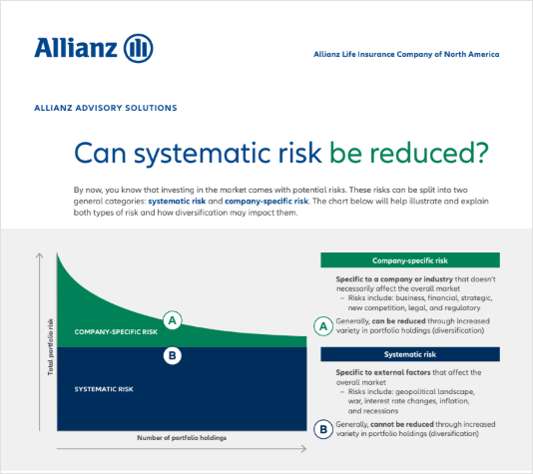The term "affordable life insurance" is increasingly showing up in new product rollouts and promotions, even for universal life policies.
It's also a pretty popular "key word" on search engine optimization lists. A search on Google brought up 194,000 web pages mentioning the term.
Is that term just marketing talk, designed to attract buyers in troubled economic times? Or does it signal the emergence of a new class or type of life insurance, perhaps for the mid-market?
Interviews with numerous insurance experts produced mixed assessments and a clear yearning for "affordable" mid-market life insurance solutions.
Some don't notice much use of the term, let alone promotion of affordable policies. Camille Cosco, independent agent in Elmsford, N.Y., is an example.
A mid-market specialist, Cosco says she doesn't see promotions for such policies. Nor has she found a satisfactory affordable life product that will "go the distance" for her sole proprietor and small business clients.
Many of her mid-market customers do want affordable coverage, she says. "They want it to protect their families."
But since she hasn't found a viable affordable life policy, she says she has come up with her own solution. She uses "existing products in which I have faith." (See box.)
Other professionals, like Anne Rubeo, an independent agent in Elmsford, N.Y., do hear the term "affordable life insurance," but they don't like it. "I think the term is misleading,"
"It reminds me of marketers selling final expense insurance in face amounts of $15,000 to $25,000 over the television with no guidance from an agent. If a person buys this guaranteed issue insurance, what good will it do, other than pay for the funeral and the gathering afterwards?
"And if the customer decides to get a $100,000 'affordable' life policy, chances are the person will need to go through underwriting and if a health problem turns up, the policy will be more expensive than proposed. But even if the person is healthy and does get a $100,000 'affordable' policy, if it's written on a breadwinner with two or three kids and a mortgage, it won't do much good, because their actual need is much greater."
Rubeo worries about consumers who buy policies that are marketed as affordable without consulting an agent or advisor. "If they don't understand what they're buying, they can get in trouble," she warns.
Carriers are struggling with the affordability issue, points out Costco. This is part of their effort to recapture the mid-market after many years of focusing on high-net worth customers, she says.
Other insurance professionals agree.
For instance, "there has been a lot more marketing material around affordability–and advertising, too," says Tim Pfeifer, president of Pfeiffer Advisory, LLC, Libertyville, Ill.
He doesn't see prices coming down in primary life products, however. In fact, he says just the opposite is occurring, with level term (LT) and universal life with secondary guarantee (ULSG) rates going up moderately in response to market conditions and policy reserve regulations. 
Still, "the public today is so focused on price and on managing every dollar, that the companies are putting the cheapest products more front and center in their advertising," Pfeifer says. For instance, they may be positioning a 20-year level term policy as more affordable than a 30-year LT [most of which are no longer available]. But I am not seeing any companies offering 'specials' to drive that through the system."
Although the repositioning of existing products may signal elements of a mid-market sales effort, Pfeifer adds, "I don't think that 'affordable life insurance' has become an industry term that is, say, part of a major mid-market strategy."
Byron Udell, founder and president of AccuQuote, an online quoting service based in Chicago, agrees the phrase is not a distinct industry term with set characteristics.
"Cheap, low-cost, affordable–it's all the same, just marketing semantics," he says. "Still, the term is used a lot on internet sales sites and exchanges as a marketing descriptor."




